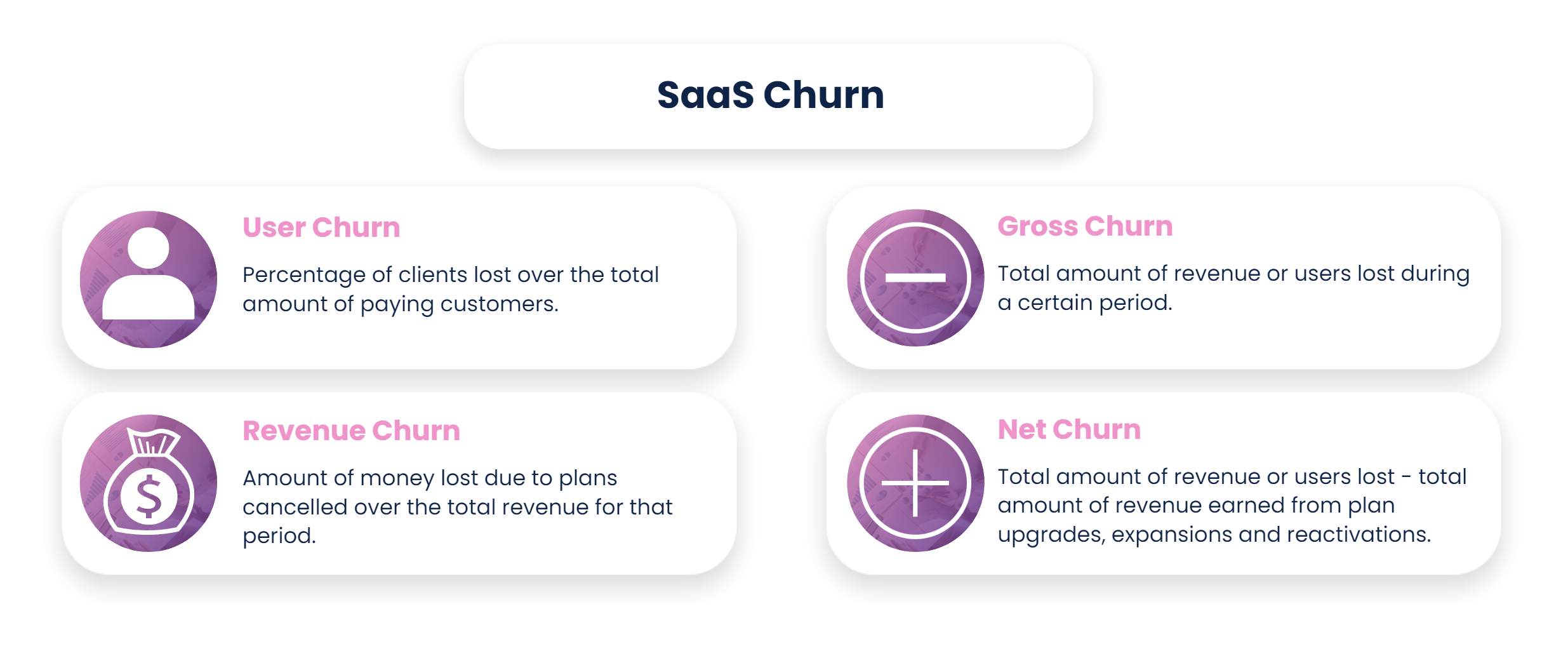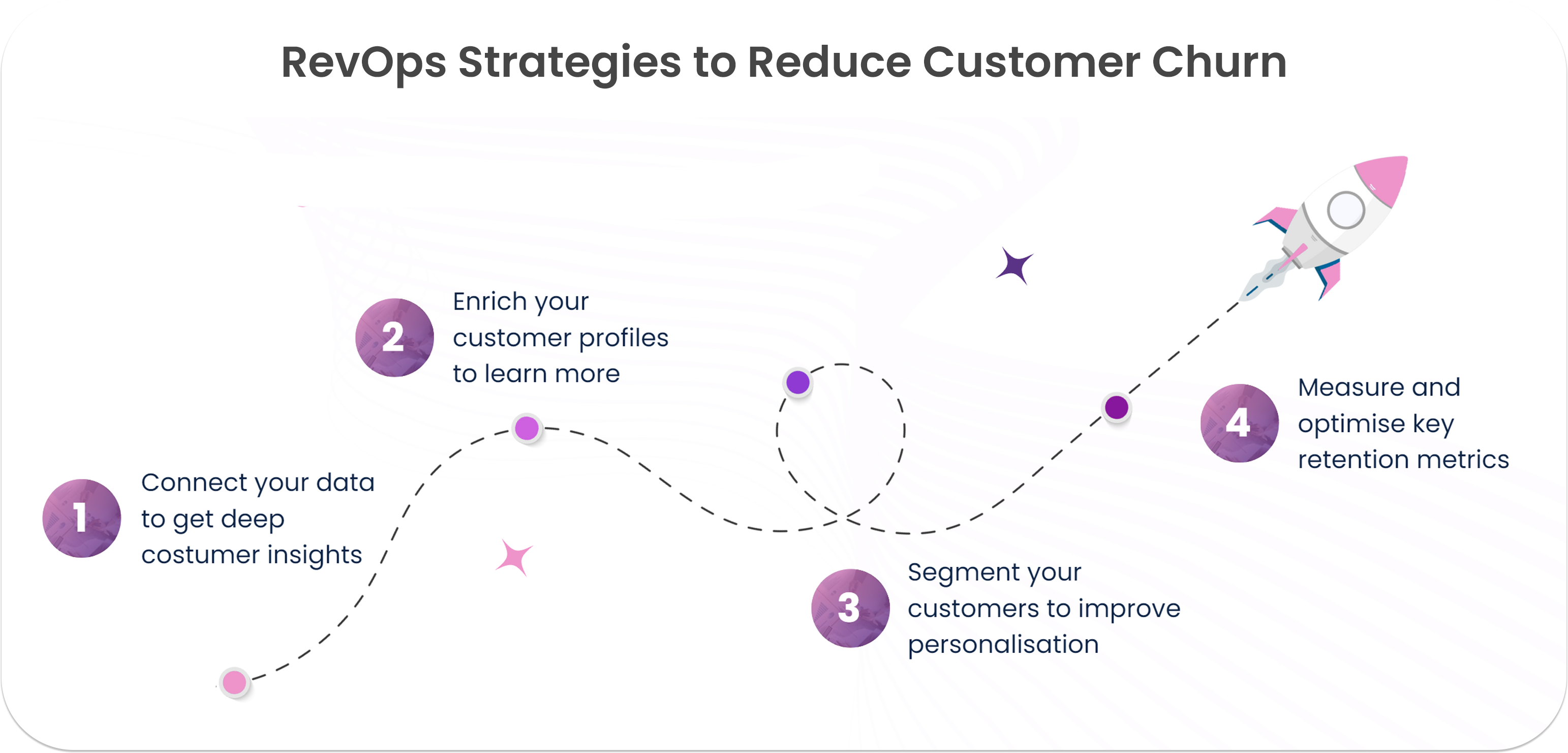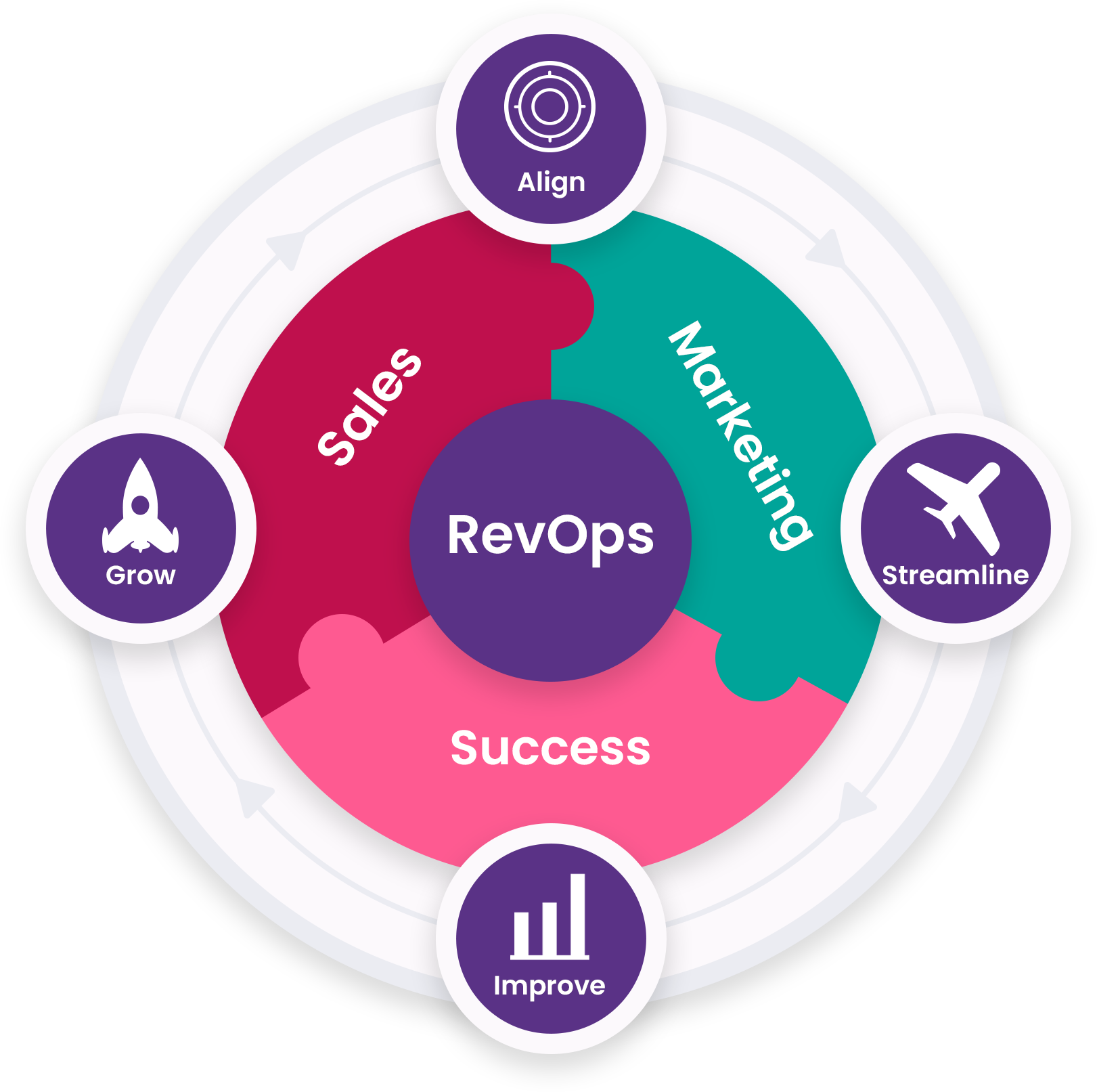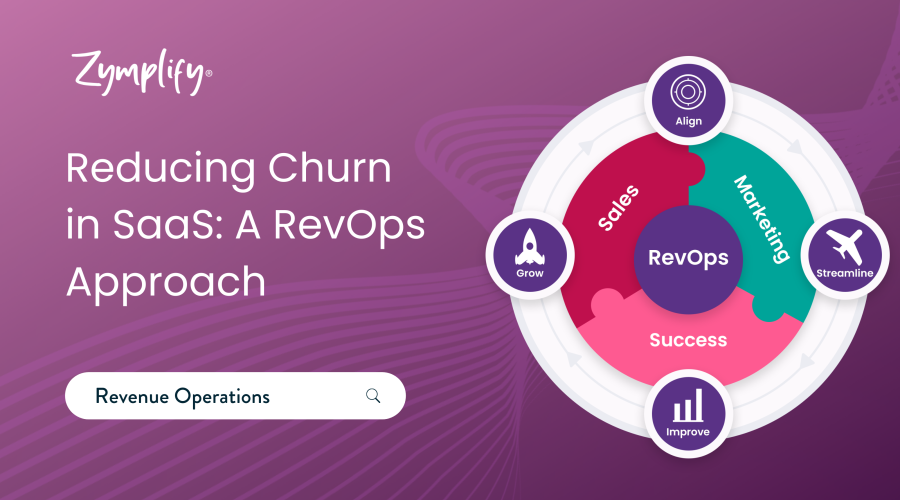Churn – the silent and stealthy assassin that subtly undermines your SaaS customer base. It’s an aspect of business most of us would prefer to sweep under the carpet, yet its impact can be devastating.
Research by ProfitWell reveals that, on average, SaaS enterprises lose over 10% of their revenue to churn annually. However, this blog is not all about doom and gloom. Instead, it aims to unravel the world of RevOps and its strategy in tackling churn head-on.
We’ll delve into how data analysis can serve as an early warning system to predict impending churn. We’ll explore how trends and patterns enable us to identify potential issues and act before it’s too late. We’ll also discuss customer success initiatives that act as our ‘knights in shining armour’, striving to keep customers engaged and satisfied..
So, buckle up for a comprehensive, insightful journey into reducing churn with a RevOps approach – because every customer saved is a victory in this competitive SaaS battleground.
Understanding Churn – The Stealthy Assassin
It’s time to face a challenge that most of us would rather ignore – churn. Think of churn as a silent opponent that subtly decreases your customer base over time. It signifies those once loyal customers who have disengaged with your services or products.

You might be wondering, “Is losing a handful of customers a serious concern, or just a minor hiccup?” The unequivocal answer is a resounding yes! Just like a minor leak can lead to a ship’s downfall, the aggregate effect of churn can cause a flourishing SaaS company to nosedive.
Reflect upon Zynga’s story. Once a titan in the gaming world, they failed to address churn, resulting in an alarming rate of over 30%. The financial repercussion of this oversight? A staggering loss of $100 million in annual revenue. Furthermore, a study by ProfitWell emphasised that SaaS companies lose over 10% of their revenue to churn annually, on average.
The RevOps Approach to Reducing Churn
It’s time to explore how RevOps can help combat churn, that insidious little pest that loves to nibble away at your customer base.
Enter data, your ace up the sleeve. Analysing data can help you predict impending churn. Spotting patterns and trends before a customer leaves can provide an insight into potential issues, allowing you to act before it’s too late.

Then there are customer success initiatives, the knights in shining armour fighting to keep your customers thrilled and engaged. A robust customer success strategy acts as a shield against churn.
Delivering a seamless customer experience is also key to reducing churn. The smoother your customers’ journey, the less likely they are to leave. Hence, it’s not just good service; it’s smart business.
Lastly, personalising user experiences is also crucial. Customised experiences are like a tailor-made suit – they just fit better.
Consider this – A study by Bain & Company reveals that increasing customer retention rates by just 5% can yield a 25% to 95% increase in profits.
Look at Atlassian, a leading provider of team collaboration and productivity software. They’ve reduced churn by using a mix of data-driven insights, proactive customer success initiatives, and personalised user experiences. The result? A customer retention rate of over 90%!
Strategy Example 1: Implement Proactive Customer Success Initiatives
Proactive customer success initiatives are essential in successful SaaS enterprises. They understand and anticipate their customers’ needs, offering tailored solutions before a problem arises. This could involve educational initiatives like webinars, tutorials, proactive check-ins, or user-friendly in-app onboarding guides.
Intercom, a popular customer messaging platform, is known for its proactive approach. They maintain an active learning centre, conduct webinars, and share useful content. This approach helps users get the most out of their services, resulting in lower churn rates.
Strategy Example 2: Harness the Power of Data
Data allows you to predict churn by identifying patterns that indicate a risk of churn. For instance, less frequent logins or decreased usage can be red flags. Having identified these patterns, targeted interventions can be executed to re-engage those customers.
Netflix uses data-driven decision making to reduce churn. By analysing viewer behaviour, they’re able to recommend personalised content which keeps customers engaged and reduces the likelihood of them leaving the platform.
Conclusion
As we conclude our comprehensive journey through the world of RevOps and its proactive approach to reducing churn in SaaS, it is clear that ignoring customer churn is not an option. With SaaS enterprises losing on average over 10% of their revenue to churn annually, it is a silent assassin that can become a significant hindrance to growth.

Through the analysis of data, deployment of customer success initiatives and the enhancement of user experiences, RevOps provides a robust strategy to combat this hidden enemy. As highlighted by successful companies such as Atlassian and Intercom, these tactics significantly decrease churn rates, boost customer retention and ultimately, grow profits.
Reducing churn is not just about salvaging any customer; it’s about continuously evolving and improving your service to retain a satisfied and loyal user base. In the competitively fierce SaaS battleground, such a strategy can be a game-changer. Ultimately, RevOps isn’t merely an approach to reducing churn; it’s a holistic strategy for business success. Remember, every customer saved signposts a victory and a step forward towards sustainable growth.





